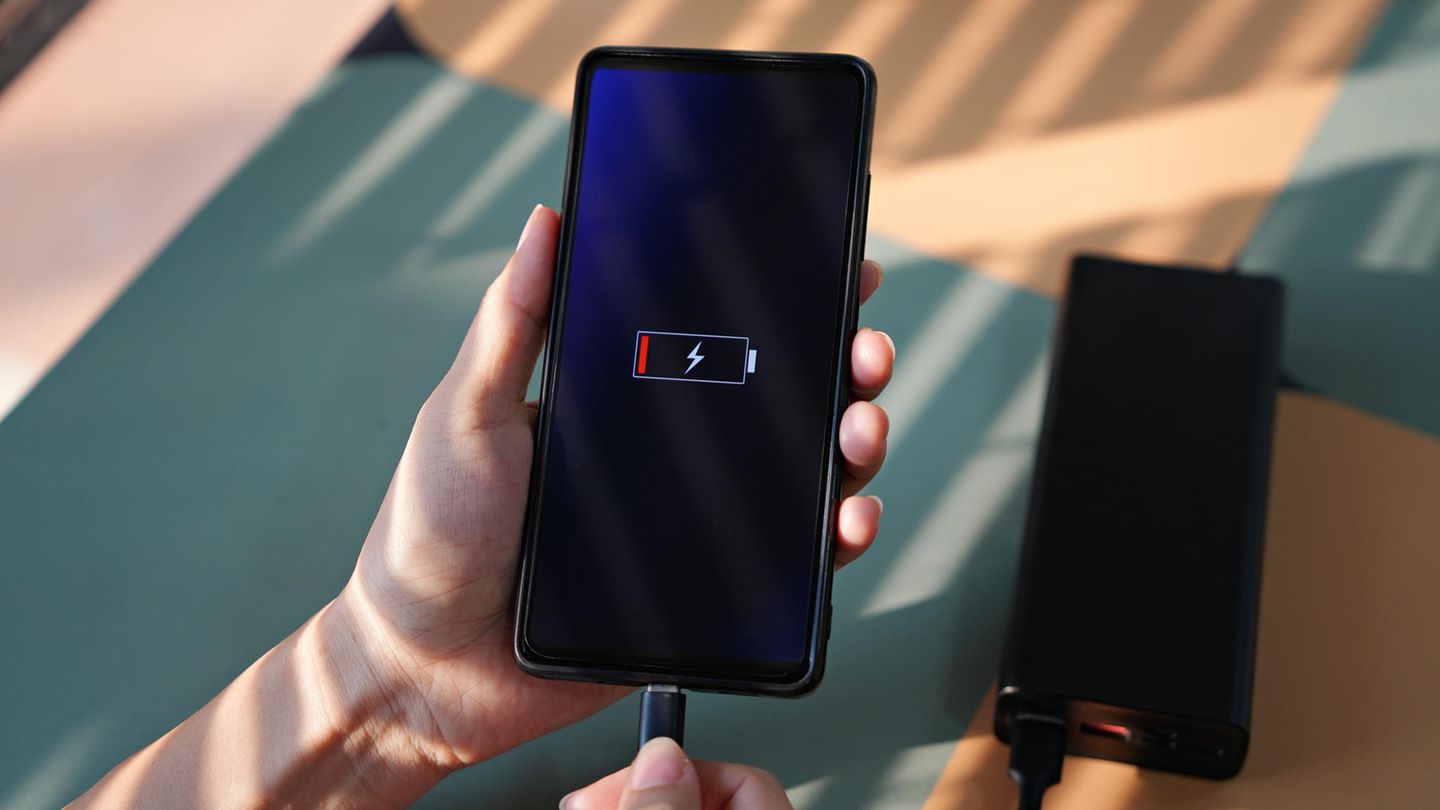Loud cell phones and in some places the sound of sirens startle the population on the nationwide warning day. But few are really surprised.
A test alarm caused cell phones and sirens to shrill, howl and buzz loudly in Germany on the nationwide warning day. The warning, which was announced for around 11 a.m. on Thursday, was triggered on time by the Federal Office for Civil Protection and Disaster Assistance (BBK) in Bonn. Many citizens received a warning via the cell broadcast system on their cell phones at 10:59 a.m. For others, the cell phone answered a minute later.
The test alarm was then distributed via radio and television stations and on city information boards. For example, anyone who opened the Deutschlandfunk app after 11 a.m. also received a written notice: “Warning Day 2023 is taking place in Germany today with a nationwide trial warning. There is no danger.”
Anyone who has warning apps such as Nina or Katwarn installed on their smartphone also received a notification about the trial warning. Some control centers also sent loudspeaker trucks onto the streets.
With cell broadcast, the warning goes to all prepared cell phones in a specific radio cell. This meant that tourists and other people with foreign mobile phone numbers who were currently in Germany were also reached. Anyone who traveled abroad with their German SIM card only received a loud warning on Thursday if they installed one of the German warning apps.
How many people receive a warning?
With the nationwide warning day, the BBK, which reports to the Federal Ministry of the Interior, wants to find out how many people a warning about dangers would reach in an emergency. An online survey by the BBK will then help to find out how many people were reached via which warning channel this time.
The all-clear came as planned at 11:45 a.m. The warning via the Cell Broadcast System, through which a text message is broadcast to all modern cell phones with the latest software that are switched on, did not provide an all-clear signal.
The BBK ruled that the system had passed the “stress test”. “The variety of our warning devices were triggered at the same time, reaching and warning the population,” said BBK President Ralph Tiesler. The aim now is to collect feedback from states, districts and independent cities and evaluate it together with the experience reports from the population.
Interior Minister Faeser: “Complete success”
Federal Interior Minister Nancy Faeser (SPD) also drew a positive conclusion: “Our initial evaluations show: the third nationwide warning day was a complete success.” According to the BBK, more than 90 percent of the population received a warning on one channel or another on the warning day on December 8, 2022.
Federal Transport Minister Volker Wissing (FDP), who is also responsible for digital affairs, said that he had also received a warning – “that gives me the security of being able to receive immediate and precise warnings in emergencies and disasters.” A press conference in Berlin by his cabinet colleague, Federal Health Minister Karl Lauterbach (SPD), was interrupted by the loud shrilling of the many cell phones in the room. The minister remained calm, even when he realized that the warning on his smartphone had not yet been received at that time.
During a speech by Chancellor Olaf Scholz (SPD) at the National Maritime Conference in Bremen, the sirens and cell phones began to shrill as applause began. The Chancellor had previously assured that the construction of converter platforms in Germany would be pushed forward. On such platforms, the electricity from several wind farms in the sea is collected and converted from alternating to direct current in order to be transported to land with as little loss as possible. “This is not an underscore of my speech, but it shows that the critical infrastructure in Germany is working reasonably well and that we are advancing our security,” said Scholz in his speech about the signal tone. He later joked: “In the future, I always want this in the right place when I speak somewhere in Germany.”
The number of sirens should be increased
The federal government tests the warning channels once a year, always on the second Thursday in September. As with last year’s Warning Day, people were once again irritated when no siren could be heard in their area. After the end of the Cold War, sirens were dismantled or not replaced in many places. Efforts are now being made to increase the number of currently at least around 38,000 sirens nationwide.
The Interior Ministry in Erfurt said the warning channels worked perfectly in Thuringia. Apart from the Ilm district, all districts and independent cities in the Free State took part. As of 11 a.m., around half of the approximately 2,400 sirens in Thuringia blared, twice as many as on warning day last year. Thuringia’s state parliament interrupted its session for a few minutes as a precaution because of the nationwide test alarm. State Parliament President Birgit Pommer explained the decision by not wanting the shrill signals from the cell phones of MPs, employees and spectators to disrupt the budget deliberations.
Source: Stern
I have been working in the news industry for over 6 years, first as a reporter and now as an editor. I have covered politics extensively, and my work has appeared in major newspapers and online news outlets around the world. In addition to my writing, I also contribute regularly to 24 Hours World.



